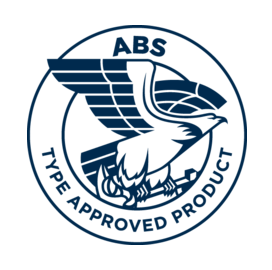Energy predictions at the turn of the century were dire. The world was looking at a future of limited fossil fuels and an economy where gas would be $10.00 a gallon or higher in the United States. By now, cars and trucks were supposed to be running on fuel made from plant material, restaurant waste or hydrogen batteries that never need recharging. Electricity was supposed to be generated from solar panels, or wind generated turbines or neighborhood hydrogen power packs. Fossil fuels were to be extinct, a thing of the past. However, oil and gas companies have used technology to find oil and natural gas reserves so large that worries about running out have all but disappeared. The result of this technology is an abundance of fossil fuels yet to be tapped. Reports estimate that the United States is on track to become one of the world’s largest producer of oil and gas in a few years. Yet, these reserves aren’t limited to Texas, North Dakota and the deep waters (30,000 to 35,000 feet) of the Gulf of Mexico. Overseas, enormous reserves have been found in the deep waters of the North Sea, East and West Africa, Australia, South America and the Mediterranean.
While most view oil and gas rigs as big dumb chunks of steel with “fly by the seat of their pants” rough necks and roustabouts running everything, the amount of computing and data acquisition power aboard as well as the education level of the staff can be shocking. New geological imaging technologies let drillers find oil and gas trapped miles underground and thousands of feet undersea. Land Based oil rigs “walk” from one drill site to the next. And engineers located in Houston, Texas use remote-controlled equipment to drill for oil and gas in locations around the world.
The result of these new technologies has increased the demand for high speed data and increased bandwidth in automation, control and safety systems within the oil and gas markets. During OTC 2013 in Houston, Texas, a technical session was dedicated to the use and demands of fiber optic cable to support these new oil and gas technologies. During this session, white papers were submitted and supported by personnel from Shell, Chevron, Exxon/Mobil, BP, Schlumberger, Baker Hughes, Halliburton and others. The applications for fiber optic cable and harsh environment connectivity were widespread and diverse including:
- Subsea fiber applications for ROVs (Remote Operated Vehicle) for well inspection
- High temperature and high pressure fiber optic cable and connectors for down hole monitoring and control ( up to 65,000 feet below sea level).
- Fiber optic cable and connectivity for Geological Imaging both land based and subsea.
- Security and monitoring systems including camera systems.
- Ethernet and industrial networks such as Modbus, Modbus Plus, Profibus and many others for rig automation and control.
The data demands of the oil and gas industry will continue to grow due to the increasing requirements to drill deeper wells in deeper water and longer horizontal drill runs while protecting personnel, the environment and equipment. OCC has products specifically designed for many of these types of 
- EZ-Mate connectors
- MHC II connectors
- ABS LSZH B-Series and D-Series Cables
- NEMA 4X enclosures
- MARS reels
The oil and gas industry has seen explosive growth in the technology they implore to find, drill, extract, and process these fossil fuels; which makes for a multitude of opportunities for OCC products. If you have questions about specific applications or products to meet the oil and gas industry, please contact us today for assistance!




